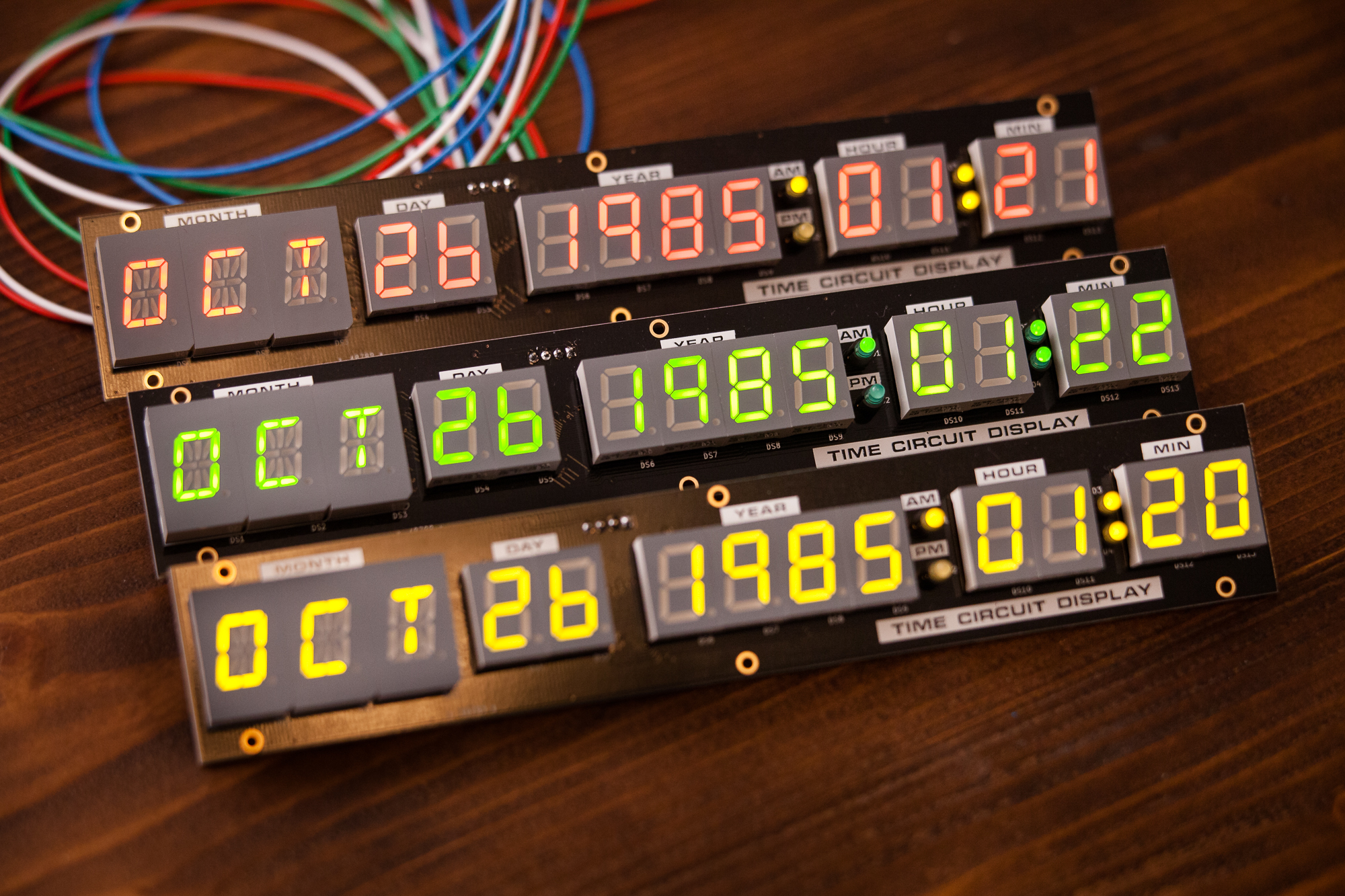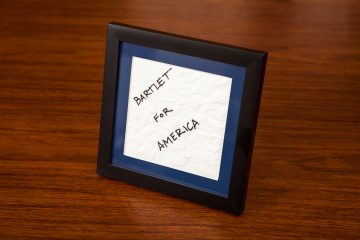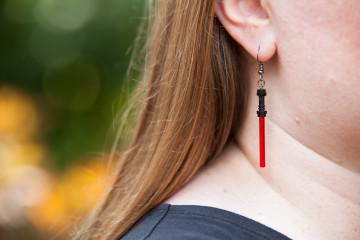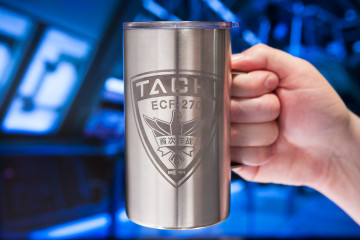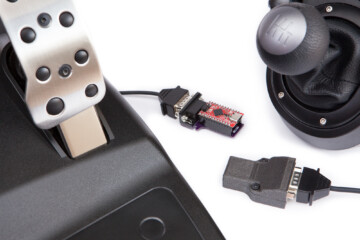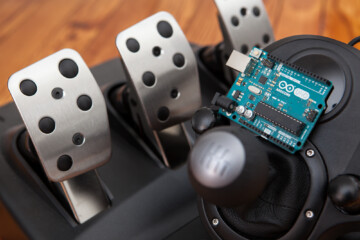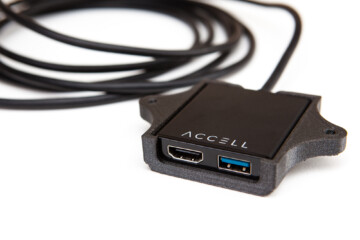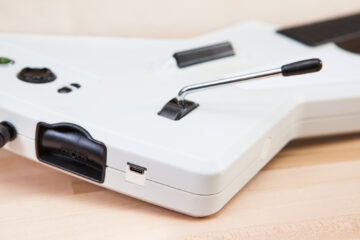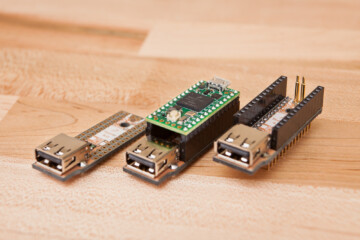It’s a well known fact that Star Wars was the first major media franchise to leverage merchandising as part of its marketing. If you were a kid growing up in the 70’s, it was impossible to escape the ubiquity of Star Wars toys: Kenner action figures, vehicle play sets, plastic space guns, Coca Cola glasses, lunchboxes, pencil cases… on and on.
As a 90’s kid we experienced this all over again with the re-release of the original Star Wars special editions in theaters, and then with the prequel trilogy a few years later. The toys reappeared as well and with all new tie-ins. There were Star Wars walkie-talkies, Monopoly games, Happy Meal toys at McDonalds… and there were Star Wars LEGO sets.
The LEGO sets were a novel concept. Up until their deal with Lucasfilm, LEGO sets were largely original concepts with their own themes. The Star Wars sets recreated scenes from the movies, let kids play with minifigs of their favorite characters, and introduced a whole host of custom bricks to make the sets as true to [LEGO-]life as possible. The most sought after of which was the LEGO lightsaber.
I’ve been feeling nostalgic lately, so I decided to show off my love for LEGO and Star Wars by making some LEGO lightsaber earrings!
(more…) 